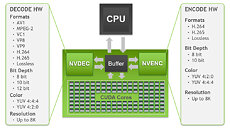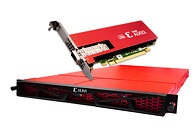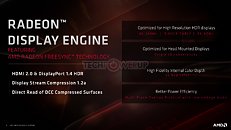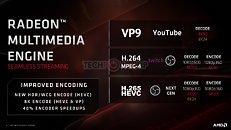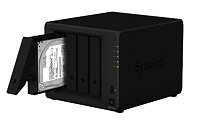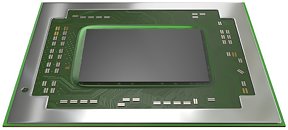
Twitch, OBS and NVIDIA to Release Multi-Encode Livestreaming
Twitch, OBS and NVIDIA are leveling up livestreaming technology with the new Twitch Enhanced Broadcasting beta, powered by GeForce RTX GPUs. Available in a few days, streamers will be able to stream multiple encodes concurrently, providing optimal viewing experiences for all viewers. Today, many streamers must choose between higher resolution and reliable streaming. High-quality video provides more enjoyable viewing experiences but causes streams to buffer for viewers with low bandwidth or older viewing devices. Streaming lower-bitrate video allows more people to watch the content seamlessly, but introduces artifacts.
Twitch—the interactive livestreaming platform—provides server-side transcoding for top-performing channels, meaning it will create different versions of the same stream for different bandwidth levels, improving the viewing experience. But the audience of many channels are left with a single stream option. Twitch, OBS and NVIDIA have collaborated on a new feature to address this—Twitch Enhanced Broadcasting, releasing in beta later this month. Using the high-quality dedicated encoder (NVENC) in modern GeForce RTX and GTX GPUs, streamers will be able to broadcast up to three resolutions simultaneously at up to 1080p.
Twitch—the interactive livestreaming platform—provides server-side transcoding for top-performing channels, meaning it will create different versions of the same stream for different bandwidth levels, improving the viewing experience. But the audience of many channels are left with a single stream option. Twitch, OBS and NVIDIA have collaborated on a new feature to address this—Twitch Enhanced Broadcasting, releasing in beta later this month. Using the high-quality dedicated encoder (NVENC) in modern GeForce RTX and GTX GPUs, streamers will be able to broadcast up to three resolutions simultaneously at up to 1080p.












